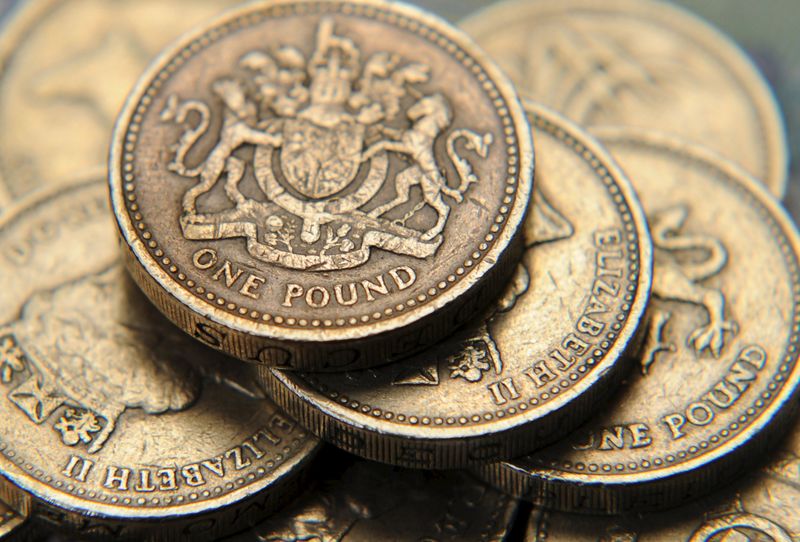Investing.com - The pound fell to the lowest levels in five-and-a-half years against the dollar on Thursday as market turmoil in China bolstered safe haven demand for the dollar, while uncertainty over a U.K. referendum on European Union membership also weighed.
GBP/USD hit lows of 1.4555, the lowest level since June 2010 and was last at 1.4564, off 0.46% for the day.
Risk sentiment was hit after China’s yuan weakened further on Thursday, exacerbating fears over the outlook for the world’s second-largest economy.
The People's Bank of China set its official yuan midpoint rate lower compared with Wednesday's fix.
It was the largest daily drop in the midpoint rate since last August, when an unexpected near 2% devaluation of the currency sparked a broad based selloff in financial markets. A weaker yuan would help boost Chinese exports.
While investors had expected the central bank to allow the currency to fall further amid an economic slowdown, the rapid pace of the depreciation has fueled fears that the world’s number two economy is weaker than believed.
Adding to risk aversion, trading on China’s stock markets was suspended for the second time this week after a plunge of more than 7% after the open.
European stocks followed Asian into the red and the FTSE 100 fell sharply as mining and energy shares slumped amid fears over the demand outlook from major commodity consumer China.
Sterling also came under pressure amid uncertainty over risks stemming from a referendum on EU membership, which Prime Minister David Cameron has said will be held before the end of 2017, but which many analysts expect to take place as soon as June.
Also Thursday, Chancellor George Osborne warned that Britain's economy was not immune from a "dangerous cocktail" of threats from abroad, citing slower growth in China, low commodity prices and tensions in the Middle East.
Sterling fell to two-and-a-half month lows against the euro, with EUR/GBP advancing 1.17% to 0.7455 and fell to fresh 14-month lows against the broadly stronger yen, with GBP/JPY down 1.27% to 171.20.
The euro strengthened across the board after data showing that the unemployment rate in the euro area fell to the lowest level in more than four years in November, dropping to 10.5% from 10.6% in October. It was the third straight monthly decline.
A separate report showed that euro zone economic sentiment unexpectedly improved in December.
